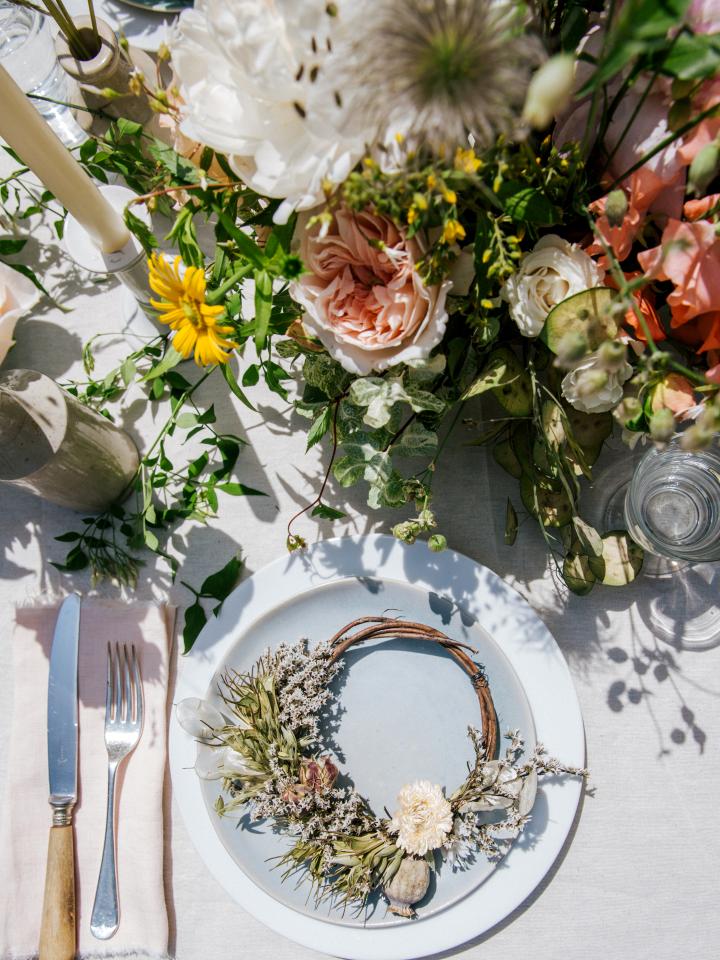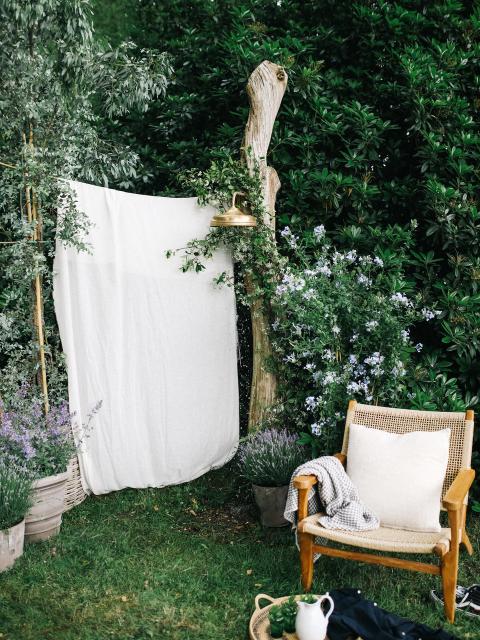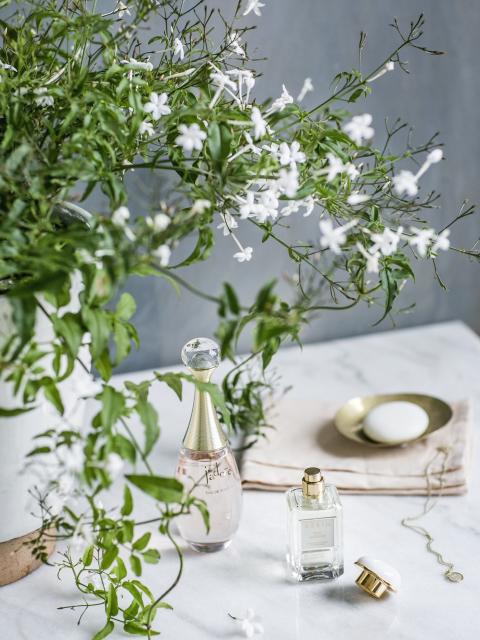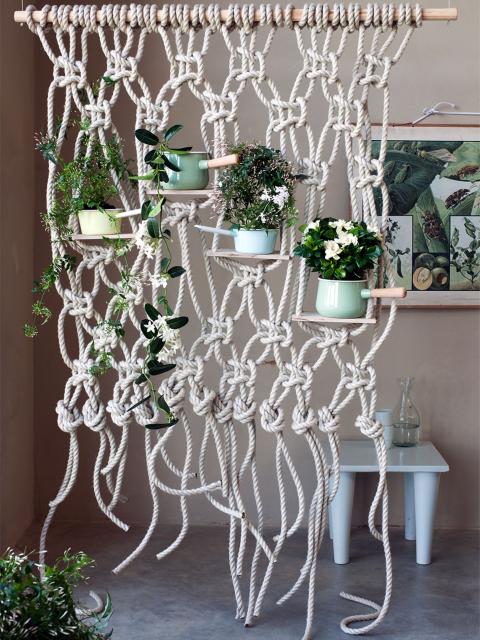The origin of midsummer
Celebrating midsummer is an historical act. The festival is a centuries-old Germanic tradition that marks the longeset day of the year. It was believed that herbs and flowers picked on this day had magical properties. Bonfires would be lit to protect against the forces of darkness, said to run free during the shorter days, and people would stay up all night to celebrate summer.
Folklore, magic and love
Fast-forward to the present, and in Scandinavia the midsummer celebration is still as popular as ever. The festival occurs on the Friday closest to 21 June, when people still gather to celebrate the natural world and its magical properties with flowers, plants, bonfires, food, drink and good company.
Dancing around the midsummer pole
In Sweden, you can see people dancing around the midsummer pole, which is heavily decorated with daisies, ears of corn, ivy, fragrant jasmine and summer flowers. Some also have ribbons, bows and lanterns, a bit like the British maypole. It’s the natural centrepiece of the celebration. Between dances they enjoy grilled bream, smörrebröd, a tart with berries, and chilled fruit drinks in the sunshine. On the longest day of the year, there's plenty of time to eat, drink and be merry.
Midsummer happiness
If you decide to celebrate midsummer this year, then share your photos with us on Instagram using the hashtag #thejoyofplants










